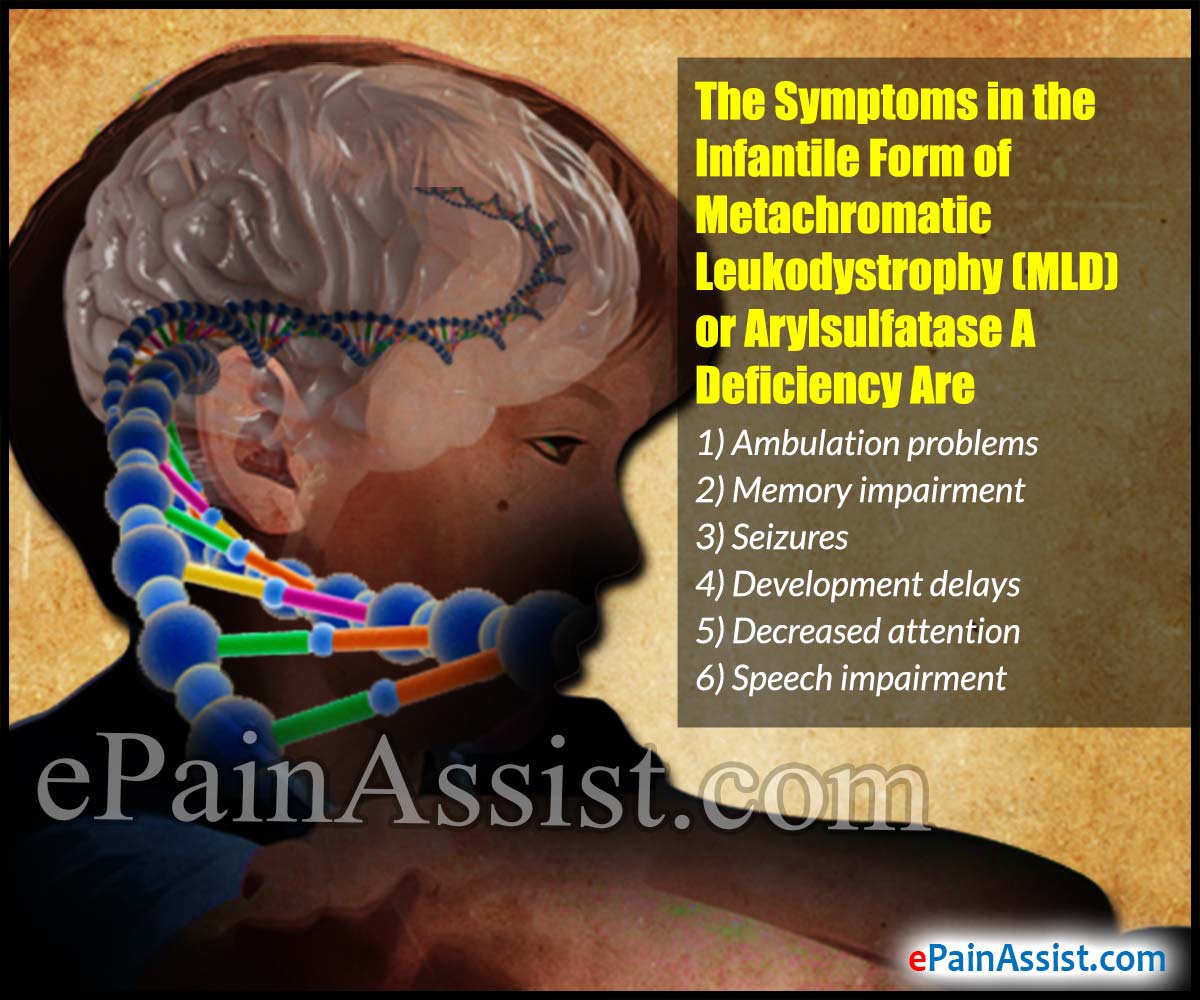We can come across various neurodegenerative disorders in individuals who get affected by it and present with varying degrees of symptoms. One such neurodegenerative disorder is Metachromatic Leukodystrophy (MLD) or Arylsulfatase A Deficiency. In this article, we will discuss about this disorder and go in depth about its causes, symptoms, and treatment methods employed.
How Do We Define Metachromatic Leukodystrophy (MLD) or Arylsulfatase A Deficiency?
Metachromatic Leukodystrophy (MLD) or Arylsulfatase A Deficiency is a subtype of a larger group of Lysosomal Storage Diseases, quite a few of which are progressive, inherited, and neurodegenerative disorders. Generally, four types of Metachromatic Leukodystrophy develop with varying ages of onset and courses namely, late infantile, early juvenile, late juvenile, and adult. All the forms of this disease exhibit progressive deterioration of motor and neuro-cognitive function. As the term suggests, there is presence of white matter abnormalities on brain imaging in Metachromatic Leukodystrophy.
Causes of Metachromatic Leukodystrophy (MLD) or Arylsulfatase A Deficiency
Metachromatic Leukodystrophy characterizes in people who have inability to degrade sulfated glycolipids. In MLD, there is a deficiency in lysosomal enzyme sulfatide sulfatase. Some people with Metachromatic Leukodystrophy have normal Arylsulfatase-A activity, but they lack activator protein whose function is sulfatide degradation. These defects cause buildup of sulfatide compounds in neural tissues like the kidneys and gallbladder.
Symptoms of Metachromatic Leukodystrophy (MLD) or Arylsulfatase A Deficiency
The Symptoms in the Infantile Form of Metachromatic Leukodystrophy (MLD) or Arylsulfatase A Deficiency Are:
- Ambulation problems
- Memory impairment
- Seizures
- Development delays
- Decreased attention
- Speech impairment

Symptoms In The Early Juvenile Form of Metachromatic Leukodystrophy (MLD) or Arylsulfatase A Deficiency Are As Follows:
- Gait abnormalities
- Tremors
- Clumsiness
- Regression of motor skills
- Intellectual decline
- Behavioral changes
- Seizures in some cases
Symptoms of Late Juvenile And Adult Forms of Metachromatic Leukodystrophy (MLD) or Arylsulfatase A Deficiency Include Are:
- Decreased academic performance
- Behavioral changes
- Memory impairment
- Seizures in some cases
- Psychosis
Diagnosis of Metachromatic Leukodystrophy (MLD) or Arylsulfatase A Deficiency
In order to diagnose Metachromatic Leukodystrophy (MLD) or Arylsulfatase A Deficiency, brain MRI is done to look for white matter lesions and atrophy which are the main characteristics of it.
Apart From Brain Imaging The Following Tests May Also Be Done:
- Nerve conduction studies
- Neuropsychological testing
Treatment for Metachromatic Leukodystrophy (MLD) or Arylsulfatase A Deficiency
At present, there is no treatment available which can be called as effective for Metachromatic Leukodystrophy (MLD) or Arylsulfatase A Deficiency in order to reverse the deterioration and loss of function caused by MLD. In people with the late infantile or early juvenile forms of Metachromatic Leukodystrophy, bone marrow transplantation or cord blood transplantation may help stabilize cognitive function.
